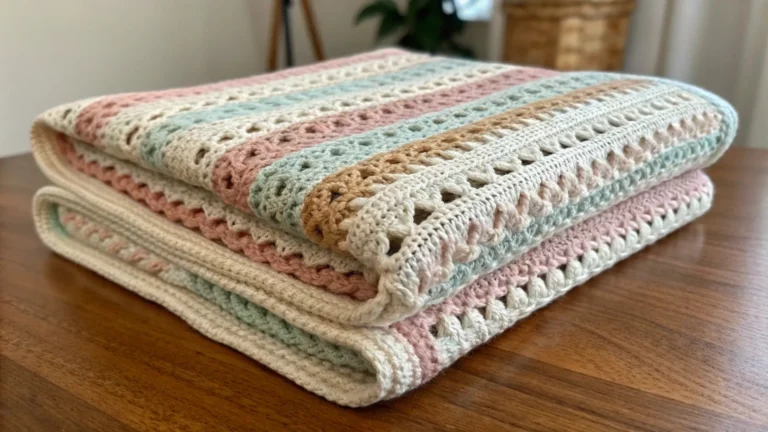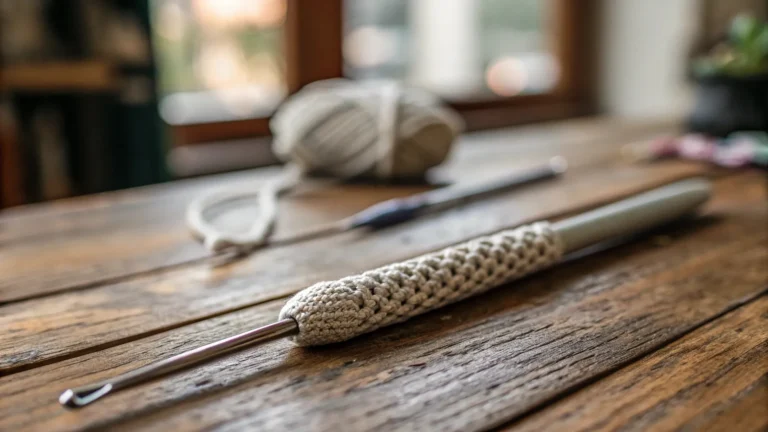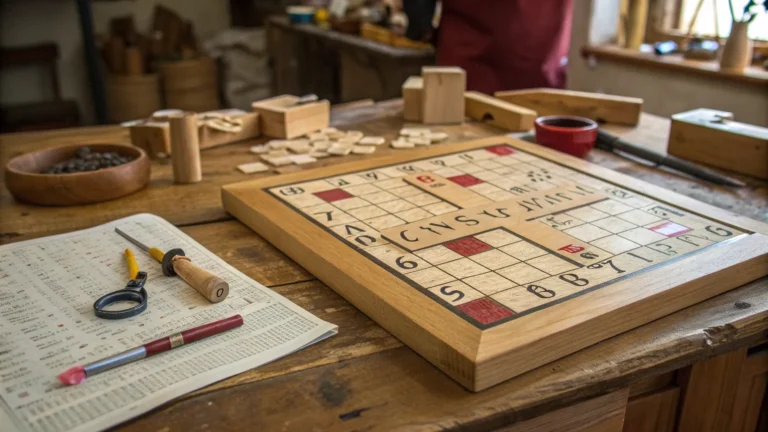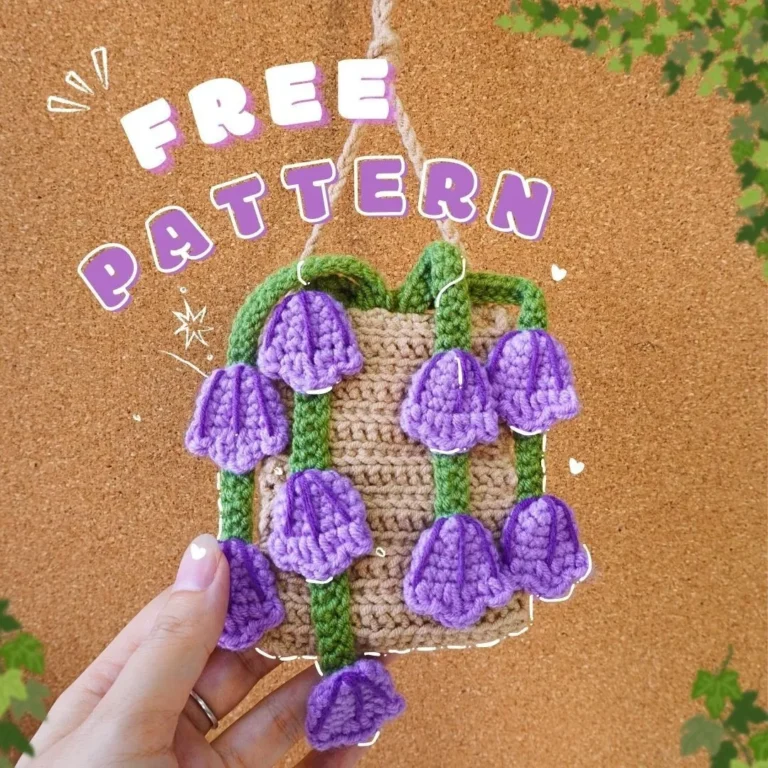different crochet stitches
Introduction to Crochet Stitches
Crochet, a beloved craft within the fiber arts community, offers a unique blend of creativity and technical skill. It involves the interlocking of yarn using a hooked needle, creating a vast array of patterns and textures. The significance of crochet lies not only in its artistic expression but also in its therapeutic benefits, allowing individuals to engage their minds and hands in calming, repetitive motions. At the heart of every crochet project are the crochet stitches, which serve as the foundational elements for constructing anything from simple scarves to elaborate garments and home décor.
Understanding crochet stitches is crucial for anyone venturing into this craft. Each stitch serves a specific purpose and contributes to the overall aesthetic and functionality of the finished product. Basic stitches such as the chain stitch, slip stitch, double crochet, and single crochet form the building blocks for more intricate patterns. As crocheters become more familiar with these fundamental techniques, they can explore a vast array of advanced stitches that introduce unique textures and designs, adding depth to their projects.
The joy of learning crochet stitches is akin to unlocking a treasure trove of creativity. As one becomes proficient in these various techniques, they can experiment with multiple yarns and hooks, dramatically transforming their projects. The versatility offered by different stitches means that crochet can cater to diverse tastes and skill levels, making it an inviting pursuit for beginners and advanced crafters alike. Whether one aims to create cozy blankets, fashionable accessories, or intricate lacework, mastering crochet stitches is essential for bringing these imaginative ideas to life.
Basic Crochet Stitches: Getting Started
For those embarking on the journey of crochet, mastering the basic stitches represents the first, and perhaps most crucial, step. Understanding essential stitches such as the slip knot, chain stitch, and single crochet stitch lays the foundation for all crochet projects. This section will dissect each of these fundamental stitches in a step-by-step manner, providing tips to optimize outcomes and highlighting common pitfalls for beginners to avoid.
To begin with, the slip knot is the initial stitch that connects your yarn to the crochet hook. To create a slip knot, start by making a loop with the yarn, leaving a long tail. Next, insert your hook into the loop, hold the tail, and pull the longer yarn through the loop to tighten it around the hook. This technique is vital as it not only secures your yarn but also allows you to start your project seamlessly.
Following the slip knot, the chain stitch is vital for forming the foundation of various crochet patterns. To execute a chain stitch, yarn over and pull the yarn through the slip knot on your hook. Repeat this process to create a series of interconnected chains, which will serve as the base for subsequent stitches. Beginners should focus on maintaining uniform tension in their yarn to avoid issues as they progress.
The single crochet stitch is another essential technique. To perform this, insert your hook into a chain from the previous row, yarn over, pull up a loop, yarn over again, and finally pull through both loops on your hook. This stitch creates a tight, sturdy fabric, making it perfect for amigurumi projects or blankets. A common mistake here is to insert the hook in the wrong area – always ensure it’s into the designated chain or previous stitch.
By familiarizing yourself with these fundamental crochet stitches, you will establish a solid groundwork for further exploration into the craft. Emphasizing practice and patience is key to mastering these techniques, ensuring a fulfilling crochet experience.
Intermediate Crochet Stitches: Level Up Your Skills
As you gain confidence in your crochet abilities, it becomes essential to explore intermediate crochet stitches that enhance your skill set. By mastering these stitches, you can elevate your projects to new heights and create intricate designs that capture the eye. Among the most popular intermediate stitches are the half double crochet, double crochet, and treble crochet. Each stitch adds its unique texture and dimension to your work.
The half double crochet (hdc) is a valuable stitch that combines the ease of single crochet with the height of double crochet. To execute a half double crochet, begin by making a slip knot and chaining the desired number of stitches. Yarn over, insert your hook into the desired stitch, yarn over again, and draw up a loop, resulting in three loops on your hook. Yarn over once more and pull through all three loops to complete the stitch. This technique provides better height while maintaining a tight structure, perfect for hats and scarves.
Next, the double crochet (dc) stitch offers even more height and versatility in your crochet projects. To perform a double crochet, start with a chain and yarn over before inserting the hook into the designated stitch. Yarn over again, pull up a loop, leaving you with three loops on the hook. Yarn over and pull through the first two loops, then yarn over once more to complete the stitch by pulling through the remaining two loops. This stitch is especially useful for creating lacy patterns and larger projects, as it adds breadth and visual interest.
The treble crochet (tr) takes the height of your stitches even further. It is performed similarly to the double crochet but incorporates an additional yarn over. Begin with a chain, yarn over twice, and insert your hook into the chosen stitch. Yarn over and pull up a loop for a total of four loops on your hook. Yarn over and pull through the first two loops, then repeat until you have one loop remaining. The treble crochet stitch can dramatically enhance any piece, making it ideal for shawls or decorative blankets.
By incorporating these intermediate stitches into your crochet repertoire, you will not only enhance your skills but also gain the confidence needed to tackle more complex projects. Experimenting with half double, double, and treble crochet will encourage you to unleash your creativity and expand your crochet horizons.
Unique Stitch Techniques: Adding Flair to Your Projects
Creating distinctive textures and patterns in crochet can elevate any project, and unique stitch techniques play a significant role in achieving this. Among these, popcorn stitches stand out for their delightful, raised clusters that resemble popcorn kernels. To create a popcorn stitch, one typically works several double crochets into the same stitch, then pulls the last loop through the cluster, securing it with a single crochet in the top of the first double crochet. This eye-catching stitch can be utilized in a variety of projects, ranging from cozy blankets to decorative pillow covers, adding dimension and flair.
Another popular technique is the shell stitch, which creates beautiful, fan-like shapes that can embellish the edges of garments or serve as a primary motif in blankets. The shell stitch is generally formed by working multiple double crochets into the same stitch, similar to the popcorn stitch, but it is often spaced apart to create an overlapping effect. This stitch can be particularly effective when used in rows, allowing for vivid color changes that showcase the shell’s dynamic form. Utilizing shell stitches can give shawls, cardigans, and table runners an elegant touch that draws the eye.
Bobble stitches also merit attention in the realm of decorative techniques. Characterized by their puffy appearance, bobble stitches consist of a series of partial double crochets worked together before being secured. This technique allows crafters to add intricate pops of texture to any project, which can transform plain patterns into visually stunning works. Bobbles are typically employed in hats, scarves, and blankets, enriching the overall aesthetic and making each piece uniquely special.
Incorporating these unique stitch techniques not only enhances the beauty of crochet projects but also provides opportunities for creative expression. By blending popcorn, shell, and bobble stitches into your work, you can push the boundaries of standard crochet practices and explore new artistic directions.
Combining Stitches: Creating Beautiful Patterns
The art of crochet is not merely confined to individual stitches; it is elevated when different stitches are combined to form intricate patterns and textures. By understanding how to select complementary stitches, crocheters can transform simple projects into captivating works of art. The key to creating beautiful patterns lies in the thoughtful combination of various stitch types. For instance, blending a textured stitch like the bobble with a flat stitch such as single crochet can yield a striking contrast that adds depth to your project.
When embarking on stitch combinations, it is essential to consider the visual and tactile qualities of each stitch. Start by choosing a central stitch that will serve as the foundation of your project. From there, identify additional stitches that will enhance its overall appeal. For example, combining a lacey stitch with a solid stitch can create an engaging interplay of light and texture. Additionally, consider the scale of your stitches; pairing small stitches with larger ones can lead to fascinating visual dynamics.
Transitioning smoothly between different stitches is another vital aspect of crafting beautiful crochet patterns. To ensure seamless transitions, practice maintaining consistent tension throughout your work. Moreover, when changing stitches, aim to do so at the end of a row or round. This will prevent interruptions in the flow of your pattern. Another tip is to use an even number of stitches when switching between two different stitch types; this approach will help you accurately maintain the stability and alignment of your pattern.
As you experiment with combinations, keep a notebook or digital log to document your stitch pairings and outcomes. This will serve as a valuable reference for future projects, allowing you to refine your skills and nurture your creativity within the enchanting world of crochet.
Stitch Patterns: Classic and Modern Designs
Crochet is an art form that transcends generations, offering a vast array of stitch patterns which cater to various tastes and project needs. Among the classic crochet stitches, the granny square stands out as an iconic design celebrated for its versatility and ease of use. Typically created by working in rounds, granny squares are often composed of vibrant colors and can be joined together in countless configurations to create larger items such as blankets, bags, or garments. This pattern not only serves as a fundamental technique for beginners but also offers advanced crafters the creative freedom to explore intricate combinations.
Another beloved classic is the ripple stitch, characterized by its undulating waves. This stitch is widely recognized for creating a textured effect on blankets and throws, providing warmth and visual interest. To achieve the ripple pattern, crocheters alternate increases and decreases, forming curves that resemble gentle waves. This stitch can be employed in various yarn types, making it suitable for different projects from cozy home decor to fashionable wearables.
In the realm of contemporary crochet, the filet crochet technique bursts with charm, allowing for the creation of delicate designs reminiscent of lace. This technique uses open spaces to form images or motifs, making it perfect for items such as doilies or decorative panels. Filet crochet is an excellent way to add sophistication to projects, and it can be utilized in combination with other techniques for added dimension.
For those eager to diversify their skills, experimenting with combinations of these classic and modern stitch patterns can yield stunning results. Mixing stitch styles invites creativity and can enable crocheters to design unique items that reflect personal aesthetics. Through exploration and practice, one can discover endless possibilities within the enchanting world of crochet stitch patterns.
Troubleshooting Common Stitch Problems
Crocheting, while enjoyable and rewarding, can sometimes present challenges that may frustrate even experienced crafters. Understanding how to troubleshoot common stitch problems is essential for enhancing your crochet skills and achieving a more polished result. By addressing issues like uneven tension, stitch count errors, and unraveling yarn, you can improve your overall crochet experience significantly.
One frequent issue that many crocheters encounter is uneven tension. This problem is often due to variations in the way yarn is held or the hook is manipulated. To remedy uneven tension, it is beneficial to practice maintaining a consistent hold on your yarn and hook. Additionally, using a hook size appropriate for your yarn weight can help create uniform stitches. Regular practice and mindfulness while crocheting will also contribute to more consistent tension over time.
Another common concern is stitch count errors, which can occur when a pattern requires a specific number of stitches. To avoid this problem, it is advisable to frequently count your stitches as you progress and to mark the beginning of rows or rounds for easier reference. If you discover an error, retracing your steps carefully to the last point of accuracy can help correct the count without incurring too much unraveling.
Unraveling yarn, particularly when working with intricate patterns or complex stitches, can be disheartening. To prevent this, always ensure that your stitches are comfortably snug but not overly tight. Another proactive approach is to secure your work using stitch markers, which can keep your stitches in place while you break between projects or take a break from crocheting.
By implementing these troubleshooting techniques, crocheters of all levels can face the common challenges associated with crochet. Continuous learning and adaptability will not only enhance your crocheting journey but also allow you to enjoy the creative process even more.
Resources for Learning: Books, Websites, and Videos
For those eager to embark on a crochet journey or enhance their existing skills, a wealth of resources is available to facilitate this learning process. Educational materials, whether in print or digital form, can offer significant insights into various crochet stitches and techniques.
Beginning with books, several titles stand out as foundational materials for aspiring crocheters. “The Complete Idiot’s Guide to Crochet” by Margaret Hubert is an excellent starting point. This guide covers essential stitches, techniques, and tips for adding personal flair to projects. Another recommended text is “Crochet Stitch Dictionary” by Sarah Hayden, which provides an extensive compilation of stitches and corresponding patterns. Such resources not only help beginners grasp the basics but also offer more seasoned crocheters a chance to expand their repertoire.
When it comes to online resources, many websites serve as fantastic platforms for learning crochet stitches. Sites like Ravelry, Crochet Pattern Central, and Yarnspirations host vast communities where crocheters can find patterns, engage with fellow enthusiasts, and access tutorials. Each of these websites features beginner guides, stitch explanations, and vibrant forums that encourage interaction and knowledge sharing.
Additionally, video tutorials can significantly enhance the learning experience. YouTube channels such as “The Crochet Crowd” and “Bella Coco” provide visual demonstrations of various crochet stitches, making it easier to follow along. These channels often curate playlists tailored to specific skill levels, ensuring that learners can easily find videos that suit their current abilities.
Utilizing a mix of books, websites, and video tutorials can dramatically improve one’s understanding and execution of crochet stitches. By exploring these varied resources, individuals will be well-equipped to navigate the enchanting world of crochet.
Conclusion: Your Journey in Crochet Stitches
As we reach the end of our exploration of crochet stitches, it is essential to reflect on key takeaways from this guide. Throughout this blog post, we have delved into the intricacies of various crochet techniques, highlighting the versatility, creativity, and enjoyment that comes from mastering these stitches. Each type of stitch offers unique opportunities to elevate your projects, whether you’re creating intricate patterns or simple items. Remember, the journey of learning crochet is as important as the final product itself.
Continuous practice is fundamental to achieving mastery in crochet. The more time you dedicate to experimenting with different crochet stitches, the more confident and skilled you will become. Embrace the learning process, and do not hesitate to mix and match various techniques to create something truly original. Innovative combinations of stitches not only enhance your creativity but also allow you to develop a distinct crochet style that reflects your personality.
We encourage you to share your own experiences and completed projects as you navigate the world of crochet. Engage with fellow enthusiasts, participate in online communities, or start your own blog to chronicle your journey. The crochet community is vast, with many who are willing to provide support, inspiration, and guidance. As you continue to explore and deepen your understanding of various crochet stitches, remember that every stitch tells a story—a testament to your passion and creativity.
In conclusion, crochet is not merely a craft; it is an avenue for self-expression, creativity, and community. Your adventure in crochet stitches has just begun, and the possibilities are endless. Embrace the process, keep experimenting, and let your creativity shine through every piece you create.







